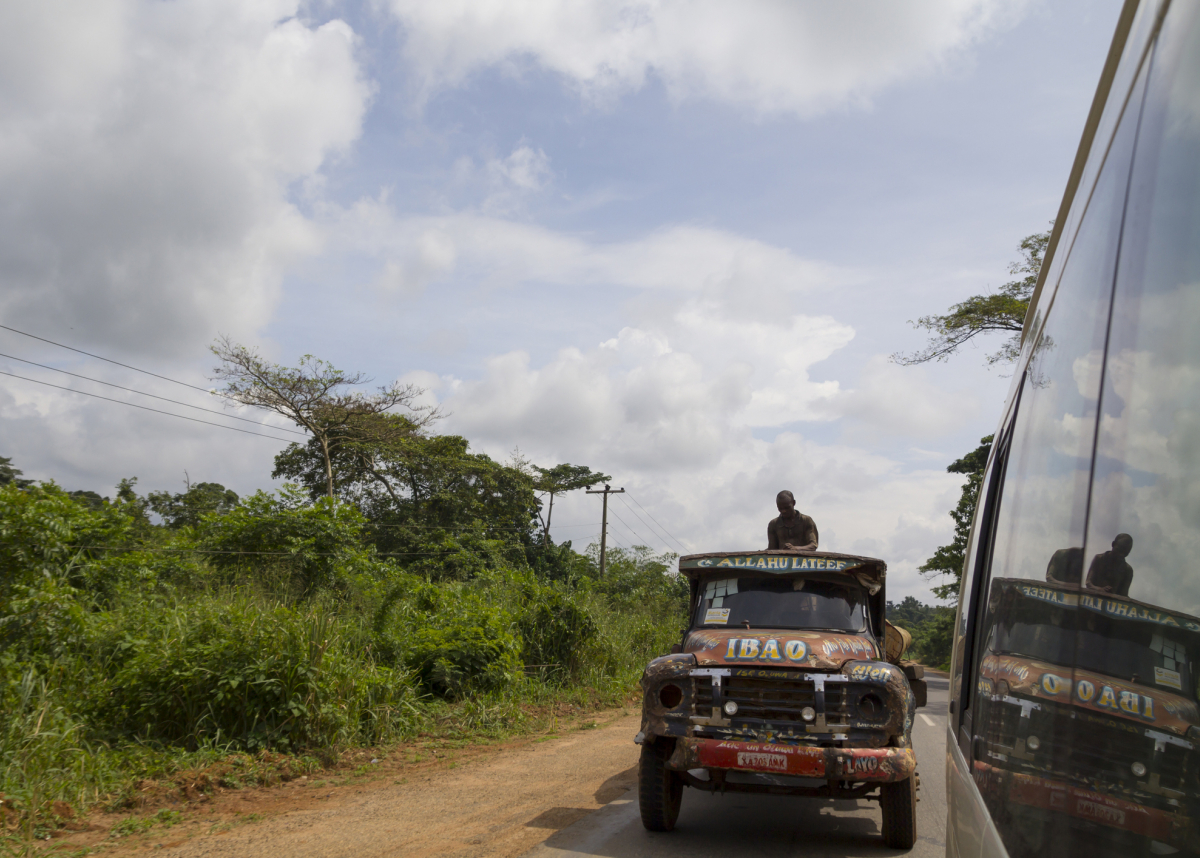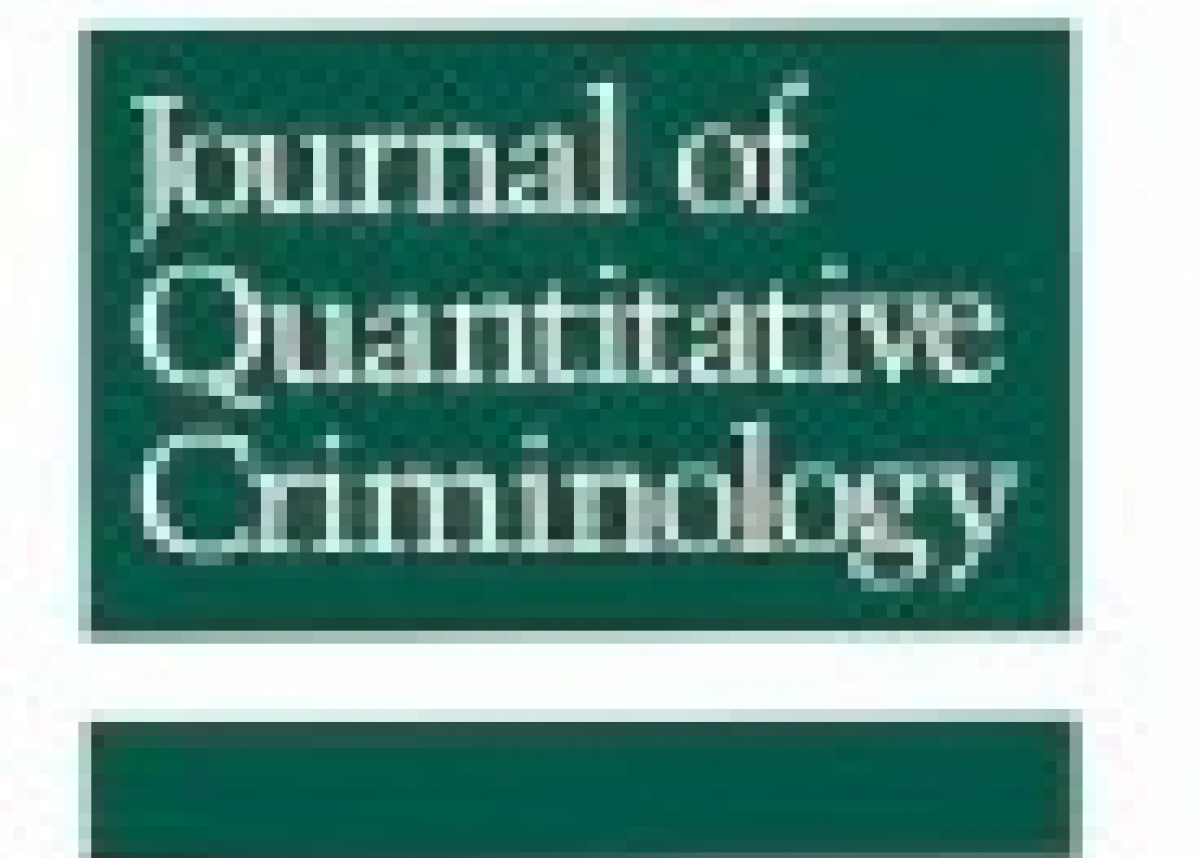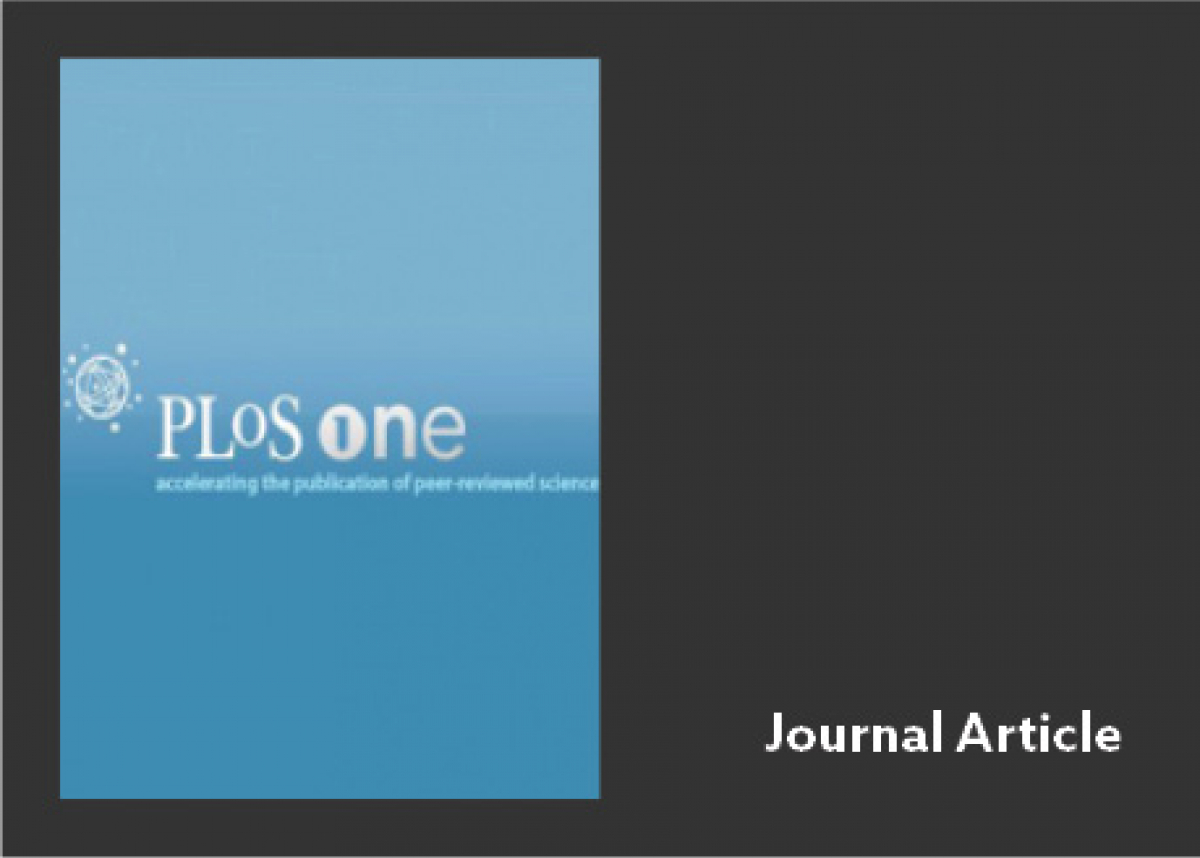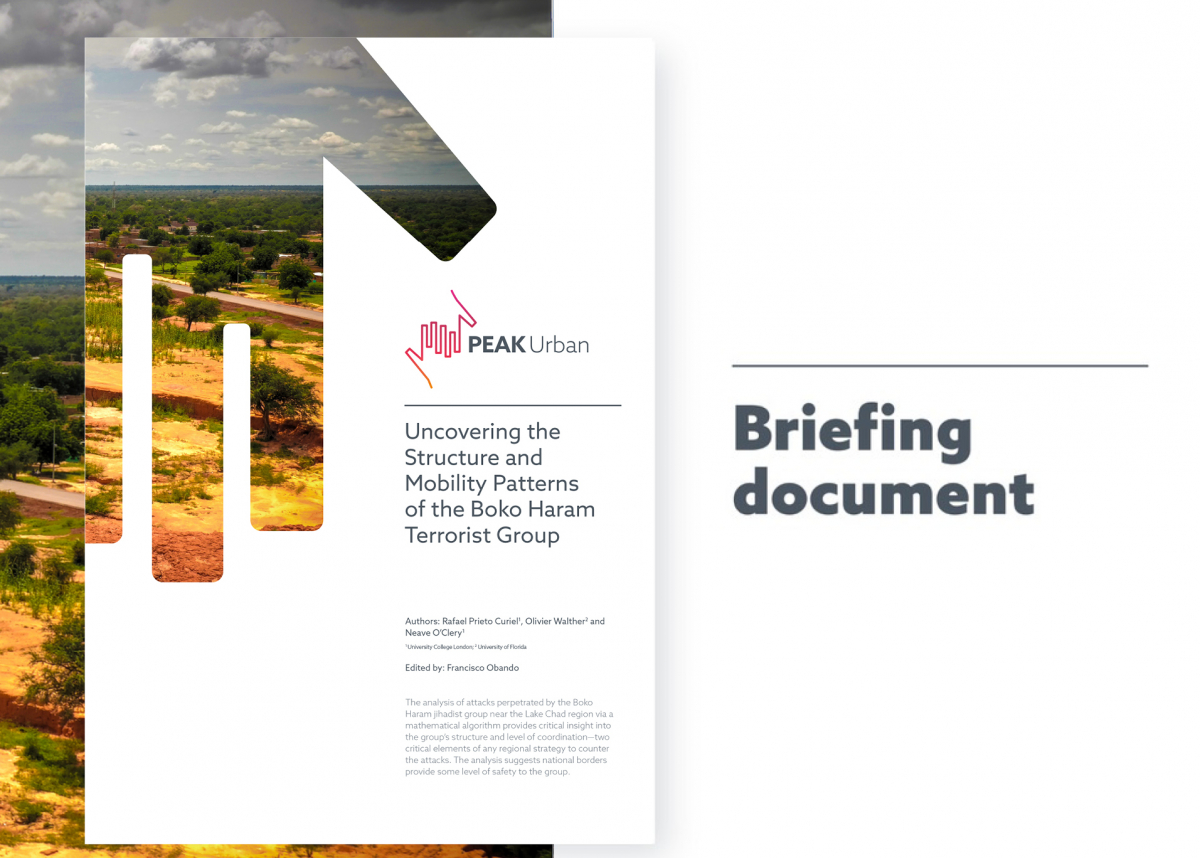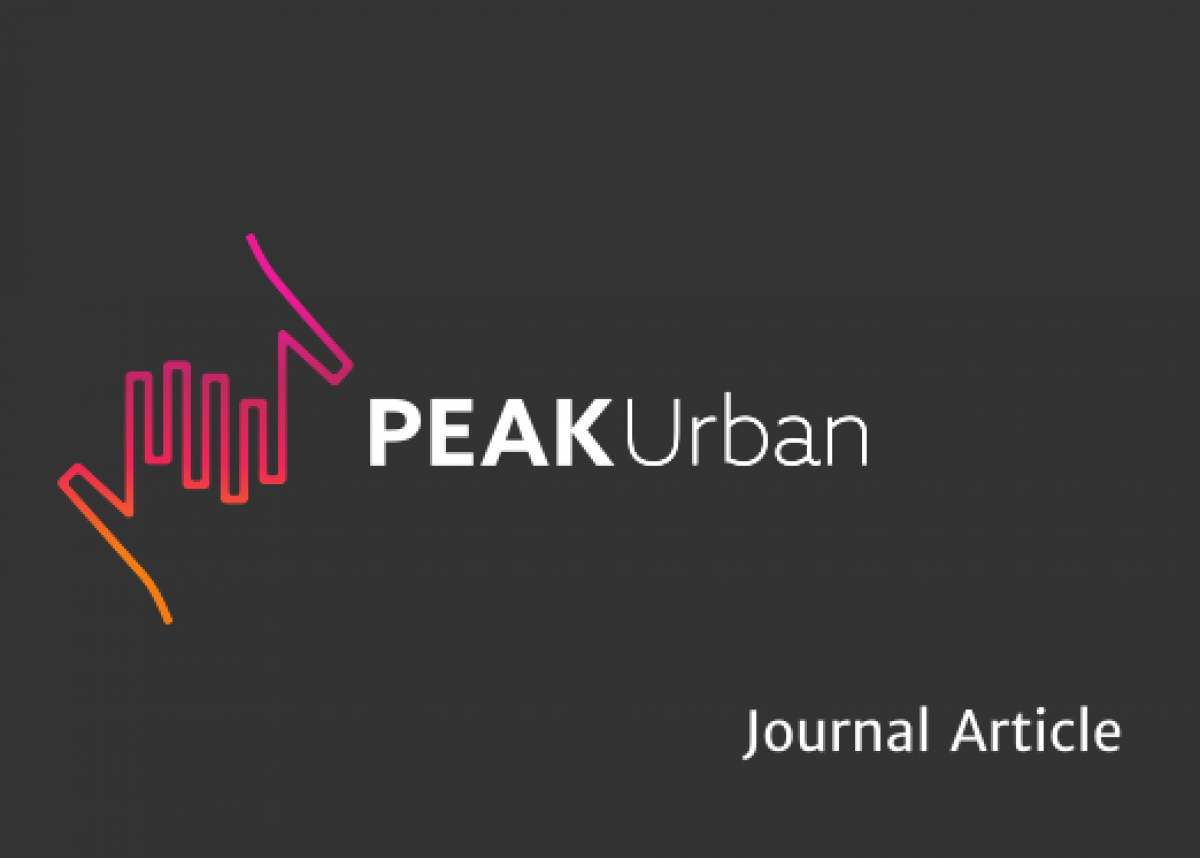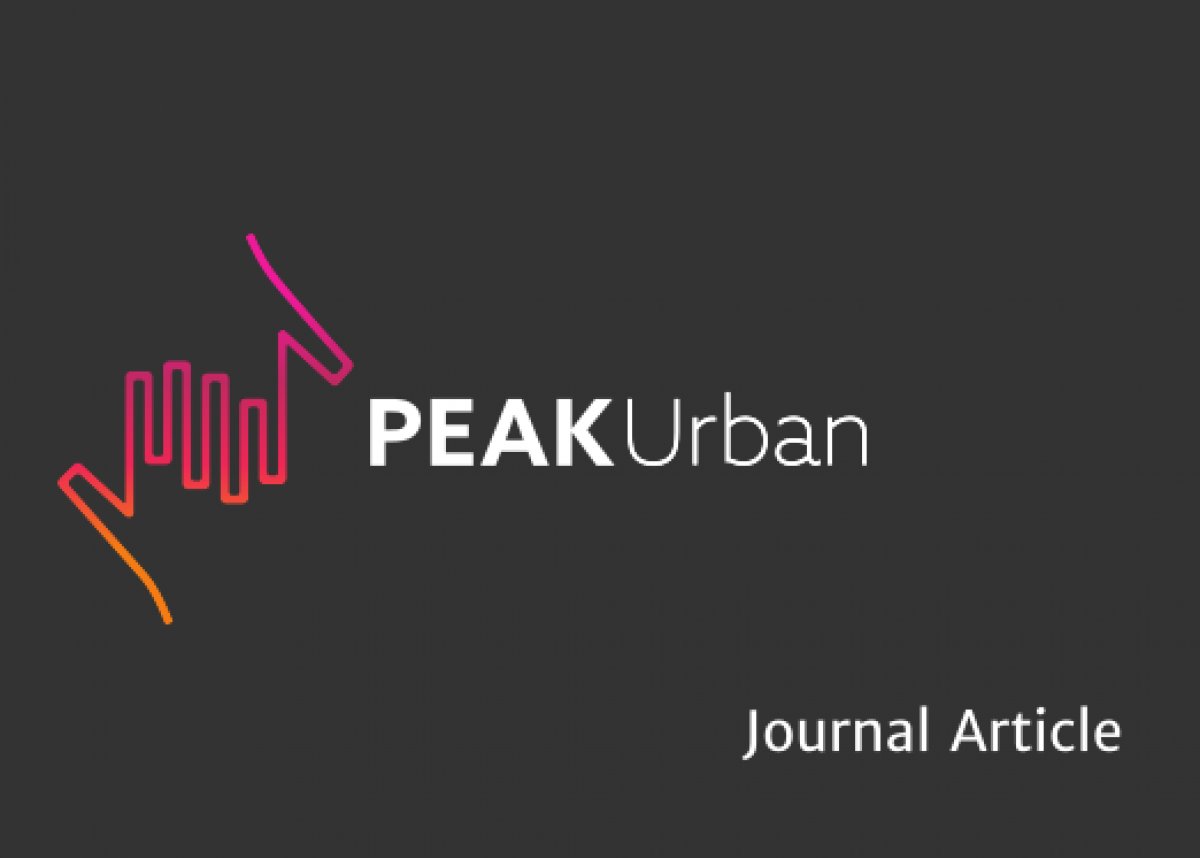
THE CHALLENGE
Migration is one of the main drivers of urbanisation, industrialisation and economic development. With the fast population growth in regions of the world, such as Africa and South Asia, migration will become an even more relevant topic in the public agendas of governments and institutions.
Yet, whilst migration has impacts at city, regional and global scale, many are not well known, including factors at the origin and destination, migration paths, the population profile of migrants and the collective pattern which emerge from millions of people moving. Detecting stable patterns of migration means being able to forecast them, to detect any structural changes and to construct and simulate different scenarios in terms of policies and other factors related to migration.
OUR APPROACH
In this project, we address migration from a variety of angles, including the emergent patterns of people moving between cities and the economic attributes of a person deciding to move.
Our research questions look at
- How does migration affect the size of cities and the distribution of the population of a country? Does migration between cities dictate the distribution of individuals in large urban areas, medium-sized cities and small towns?
- How is the impact of different drivers of migration related to fear of conflict, violence and risk?
- How concentrated is migration? What percentage of the population of a country will move? How many times will a person move?
- What is the impact of migration on the ability of a city to increase its skill base and move into new complex economic activities? Are firms in complex sectors who hire migrants more likely to succeed?
Cities in China, Colombia and across West Africa will be considered and different types of migration data will be used in the analysis.
Together with our PKU partners and using census data from China, we will detect internal migration patterns in Chinese cities, capturing a nonlinear impact on city size and feedbacks between migration and city size. With EAFIT partners, we will model internal migration in Colombia, detecting patterns of repeat and return migrants, and the impact of migration on the economic complexity of cities. Finally, with partners from the OECD and the University of Florida, using data on armed and conflict events and also data on Africa’s urbanisation, we will look at the mobility of terrorist groups and the migration induced due to violence (and fear of violence) in the region.
This project is interested in Prediction and Projection of migration trends, and also detecting the Emergent patterns of cities and their growth related to migration.
LATEST DEVELOPMENTS
With our partners from the University of Florida and the OECD, we have analysed the mobility patterns of terrorist groups in West Africa. Each event in which the group participates is considered as its footprint. Since the intensity of events related to the group is high and they happen too frequently at large distances, our results suggest that Boko Haram is highly fragmented into separate cells, which move between consecutive attacks. Further, we also detected that international borders act as safety structures for the group, as it seems likely that cells cross borders with a high frequency. Our technique allowed us to detect the patterns which emerge when looking at thousand terrorist events and they are analysed collectively, thus being able to predict the level of fragmentation of Boko Haram.
With our EAFIT partners, we have been analysing collective migration patterns in Colombia. By looking at the way in which millions of individuals move between Colombian cities, we are detecting repeat and return migration patterns, which will let us predict the structures formed by mobility patterns.
People




